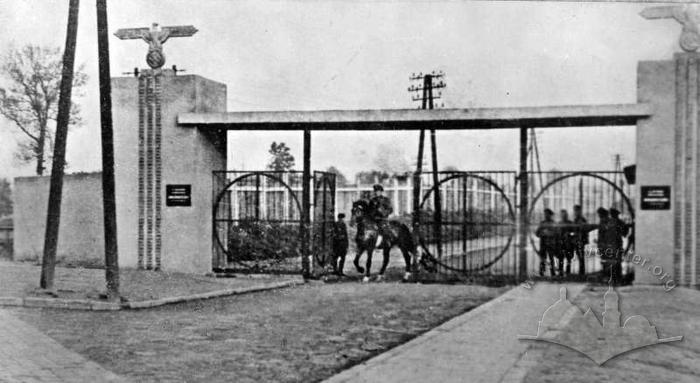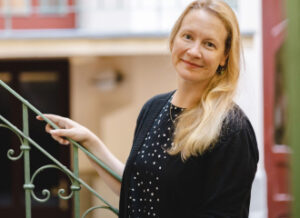In our mini-course we will explore cultural interaction between Jews and non-Jews (Ukrainians, Poles, Russians) in the borderlands of the Habsburg and Romanov empires. This is interaction that may have been conscious or unconscious, and may have involved encounter, appropriation, negotiation, exchange and destruction.
This course has three goals. First, you will understand the complexity of writing about cultural production and reception to look at the political, social, and economic structures surrounding the arts. Second, you will gain a body of knowledge about the cultural production of the Jewish and Ukrainian (and Polish and Russian) communities in the multi-ethnic region of East Central Europe. You will both gain familiarity with the major scholars working on these questions, as well as a basic level of knowledge of the arts in this region. Third, from this you will understand how national categories do not work for cultural analysis. Great art came from this region, such as art that is mentioned in books on “Ukrainian” art or “Jewish” art or “Russian art.” This was a region that was also home to the modern understanding of the pogrom, and to mass and local violence against Jews (and Poles, Ukrainians, and Russians). We will try to look at the modernism and pogroms together and try to articulate how the multiplicity of ethnicity shapes cultural production in this region.
This course forms a part of Jewish History and the Multiethnic Past of East Central Europe: Societies, Cultures, and Heritage summer school.


